Looking to ditch Windows and jump into the world of Linux? Chances are you’ve heard Linux Mint recommended over and over. But if you’re serious about finding a Windows replacement that’s not only easy but also modern, secure, and built for the future, you should take a closer look at Fedora.
Fedora often gets labeled “cutting edge,” which can sound a little scary if you’re new to Linux. But here’s the thing: Fedora “just works” for most people. It delivers a clean, polished experience while giving you faster updates, better hardware support, and a modern feel that Linux Mint sometimes struggles to match. So here are seven reasons why Fedora might actually be a better Windows replacement for you than Linux Mint.
1
Faster Access to New Features and Software
One of the biggest advantages Fedora offers is the speed at which you get access to new software.
Fedora ships with newer kernels, updated desktop environments, and fresh versions of popular applications shortly after they’re released. Meanwhile, Linux Mint is based on Ubuntu’s Long-Term Support (LTS) versions, which prioritize stability by sticking with older software for several years.
If you want your system to stay up-to-date with the latest features—whether it’s a new version of LibreOffice, GIMP, or better hardware compatibility—Fedora gets you there much faster.
Imagine buying a new laptop and realizing your Wi-Fi card needs kernel 6.4 to work properly. Fedora might already have it. On Linux Mint, you could be stuck waiting or trying to manually upgrade.
2
Cutting Edge Without the Chaos
You might have heard that Fedora is “bleeding edge.” Don’t let that scare you off. Fedora doesn’t mean “unstable” or “half-finished.” It simply means you get newer software that’s been properly tested and polished.
Fedora has a strong reputation for quality control. Updates are reviewed carefully to balance having the latest tech with offering a stable everyday experience. Unless you’re diving deep into experimental features or niche hardware, Fedora will “just work” out of the box.
You won’t need to become a Linux guru overnight. In fact, many users report fewer weird system hiccups on Fedora than they expected—sometimes even fewer than they had on Windows!

Related
10 Things You Should Do Right After Installing Fedora Linux
10 tricks to supercharge your new Fedora installation!
3
Sleek and Modern User Experience
Fedora uses GNOME as its default desktop environment, and GNOME has been getting sleeker and more refined with every release. It’s clean, distraction-free, and feels a lot like something designed for the future of computing.
Linux Mint, in contrast, uses Cinnamon by default, which intentionally looks and feels a lot like Windows 7. That’s great if you want something familiar. But if you’re hoping to move toward a fresh, modern experience—one that feels as stylish as macOS or ChromeOS—Fedora’s GNOME desktop shines.
Think about it like this: do you want to move to a house that looks exactly like your old one, or do you want to upgrade to something that feels new, exciting, and built for the future?
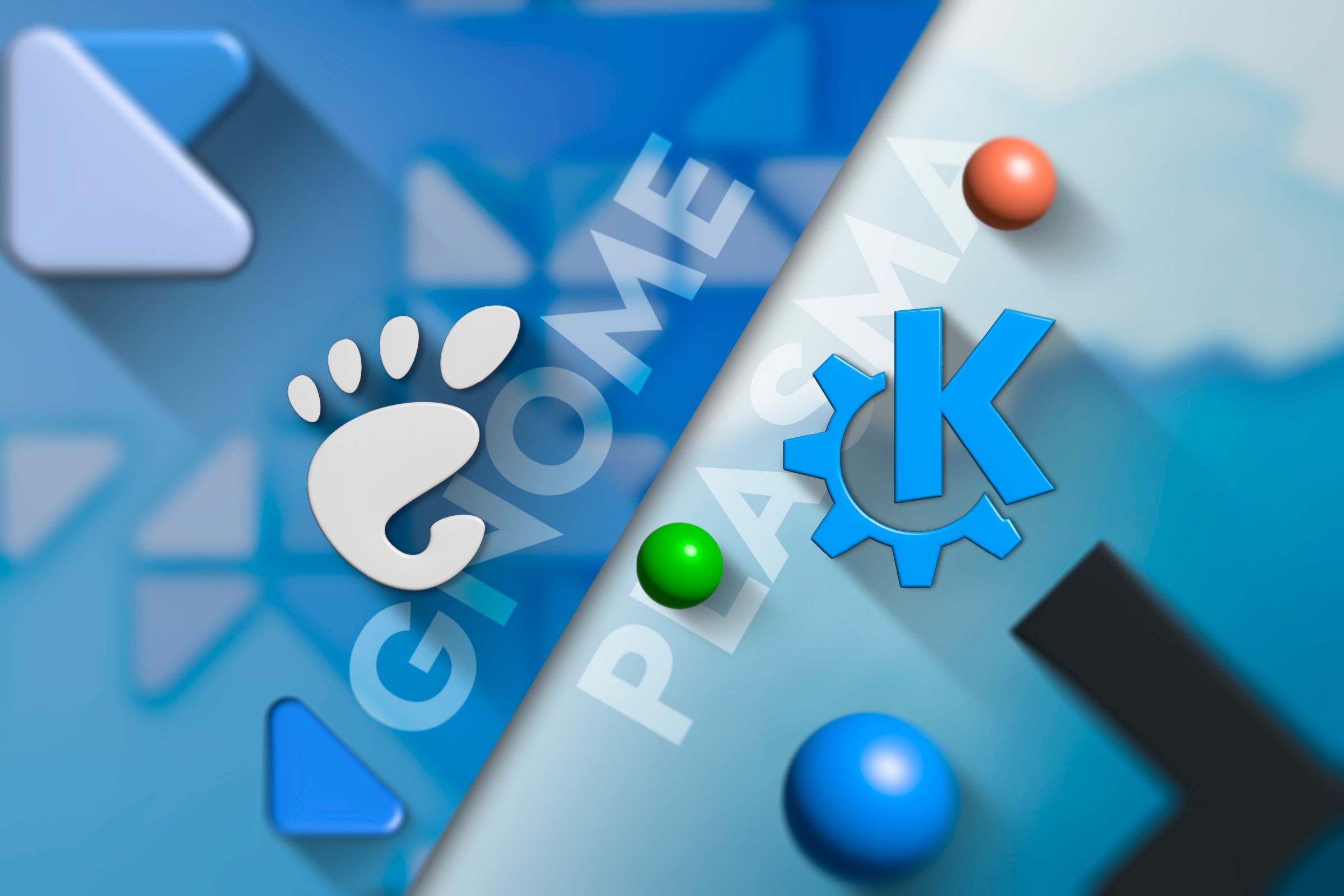
Related
GNOME vs. KDE Plasma: Top Linux Desktops Compared
Which desktop environment would you pick?
4
Security Is a Core Focus
Fedora is known for its strong emphasis on security and proactive development practices. From features like SELinux (Security-Enhanced Linux) to its frequent updates, Fedora is designed with safety in mind right from the start.
Fedora benefits from Red Hat’s enterprise-level attention to security, which helps ensure that potential vulnerabilities are addressed quickly and thoroughly. Whether you’re doing remote work, personal projects, or everyday web browsing, Fedora provides a solid foundation for a safe computing experience.
While other distributions, including Linux Mint, also offer good security, Fedora stands out for making it a central part of its design philosophy and daily development cycle.
5
Hardware Support for the Latest Devices
If you’ve ever installed an operating system and found that half your hardware didn’t work properly—no Wi-Fi, weird graphics glitches, Bluetooth problems—you know how frustrating outdated drivers can be.
Fedora often includes newer kernels and drivers faster than Mint, making it a better choice if you’re installing Linux on newer laptops, desktops, or hybrid devices. You’ll get broader support for the latest processors, graphics cards, Wi-Fi adapters, and more.
Let’s say you just bought a new laptop with a 13th-generation Intel CPU and Wi-Fi 6E support. Fedora might already recognize everything and be good to go, while Mint might need workarounds, driver downloads, or some tinkering in the terminal.
6
Stronger Commitment to Open Source Principles
Fedora takes open-source principles seriously. By default, it only includes free and open-source software. Proprietary drivers and software (like NVIDIA graphics drivers) are still available if you want them, but they aren’t bundled in silently.
Linux Mint, on the other hand, installs some proprietary bits—like codecs and drivers—by default for convenience.
For many users, that’s no big deal. But if you care about knowing exactly what’s running on your system, Fedora’s “pure” open-source approach offers more transparency and aligns closely with Linux’s original philosophy of openness and freedom.
7
Polished Software Management and Flatpak Support
Fedora comes with excellent Flatpak support right out of the box. Flatpaks are an easy way to install applications securely without worrying about messing up your system.
While Linux Mint also supports Flatpaks, Fedora’s integration is more seamless. The GNOME Software center lets you browse, install, and update apps from Flathub without jumping through extra hoops.
This gives you access to a huge library of up-to-date applications—even ones that aren’t officially packaged by Fedora itself.
For example, if you want the latest version of Spotify, VS Code, or Steam, you can grab them quickly and safely through Flatpak without any complicated setup. It’s a huge convenience for users who just want their apps to work.
At the end of the day, Linux Mint is still an amazing choice for many users, especially those who want something extremely familiar and low-maintenance. But if you’re looking for a Windows replacement that feels fresh, secure, modern, and ready for the future, Fedora could be the better fit. It offers faster updates, better hardware support, stronger security, and a cleaner overall experience, even for beginner Linux users.
You can download the most recent version of Fedora Linux from the Fedora Project Website. When you’re ready to give it a try, our guide to installing Linux will walk you through everything, step by step!


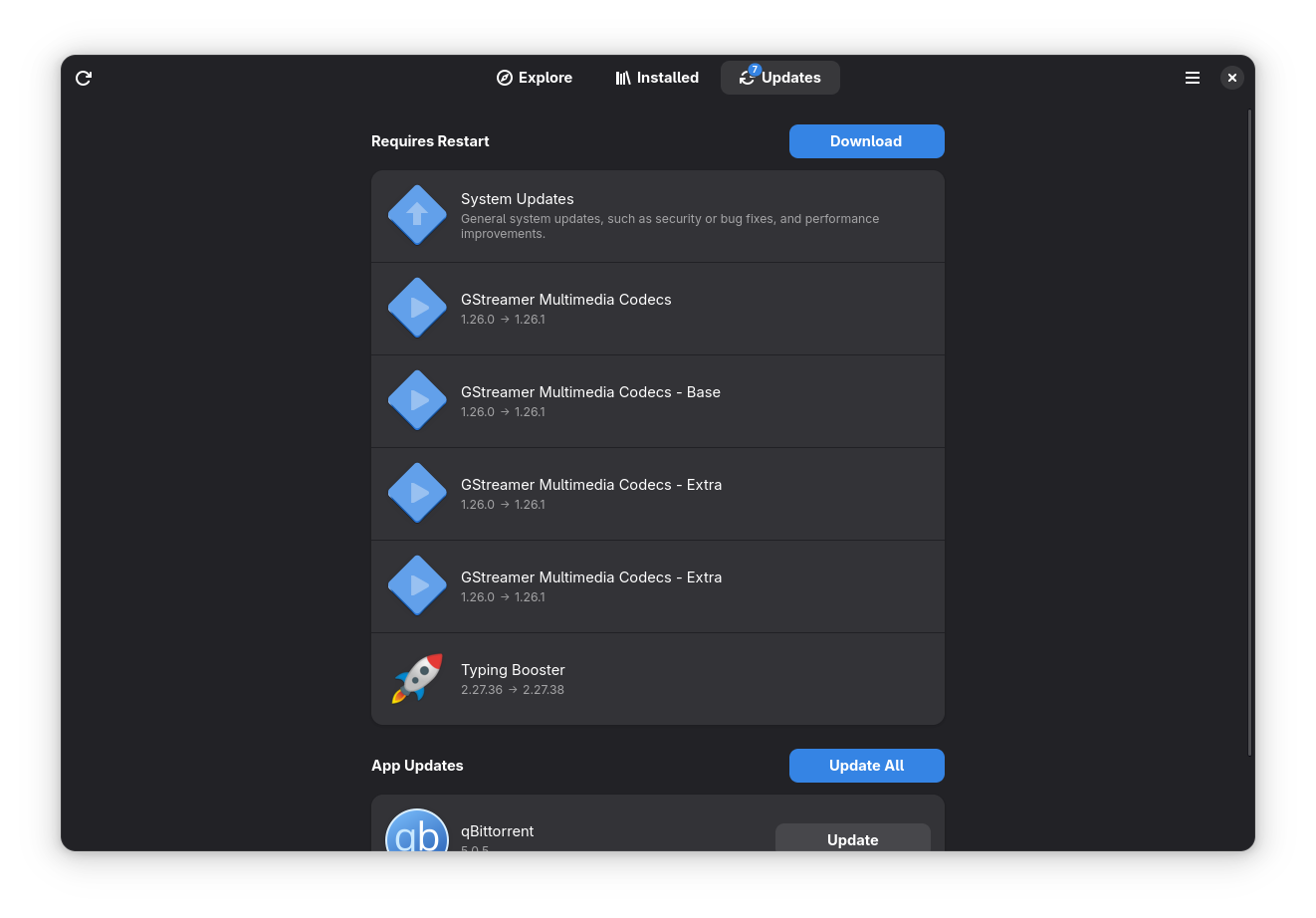
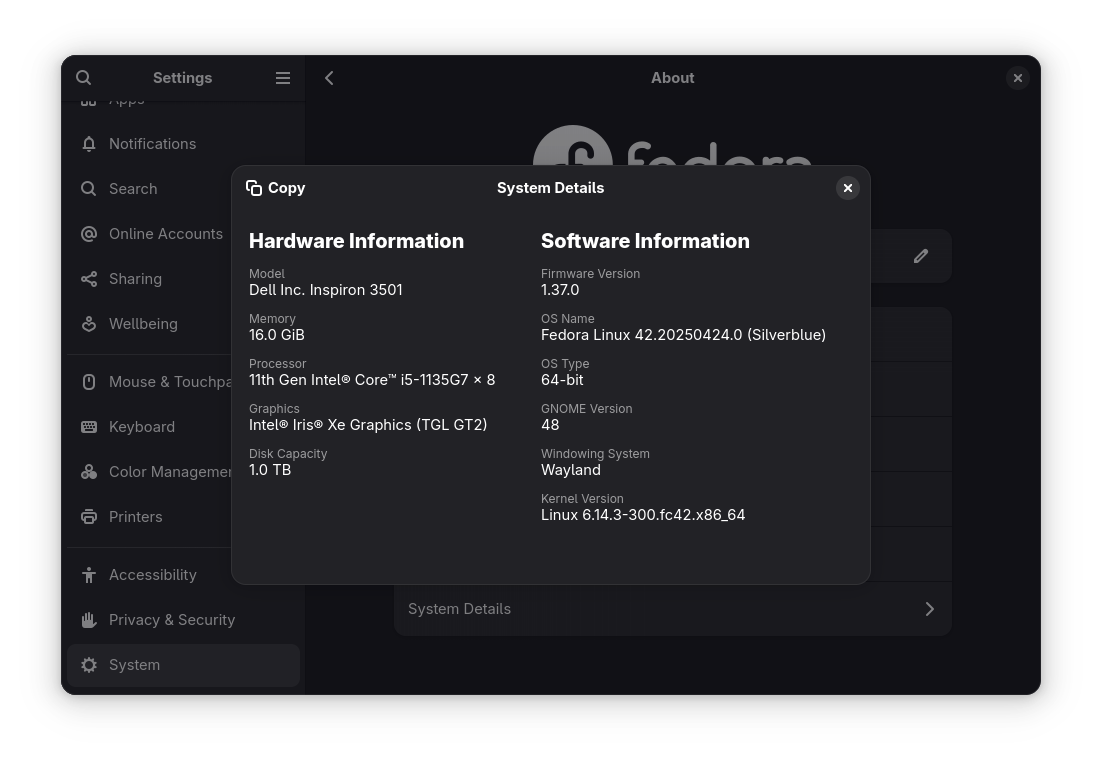
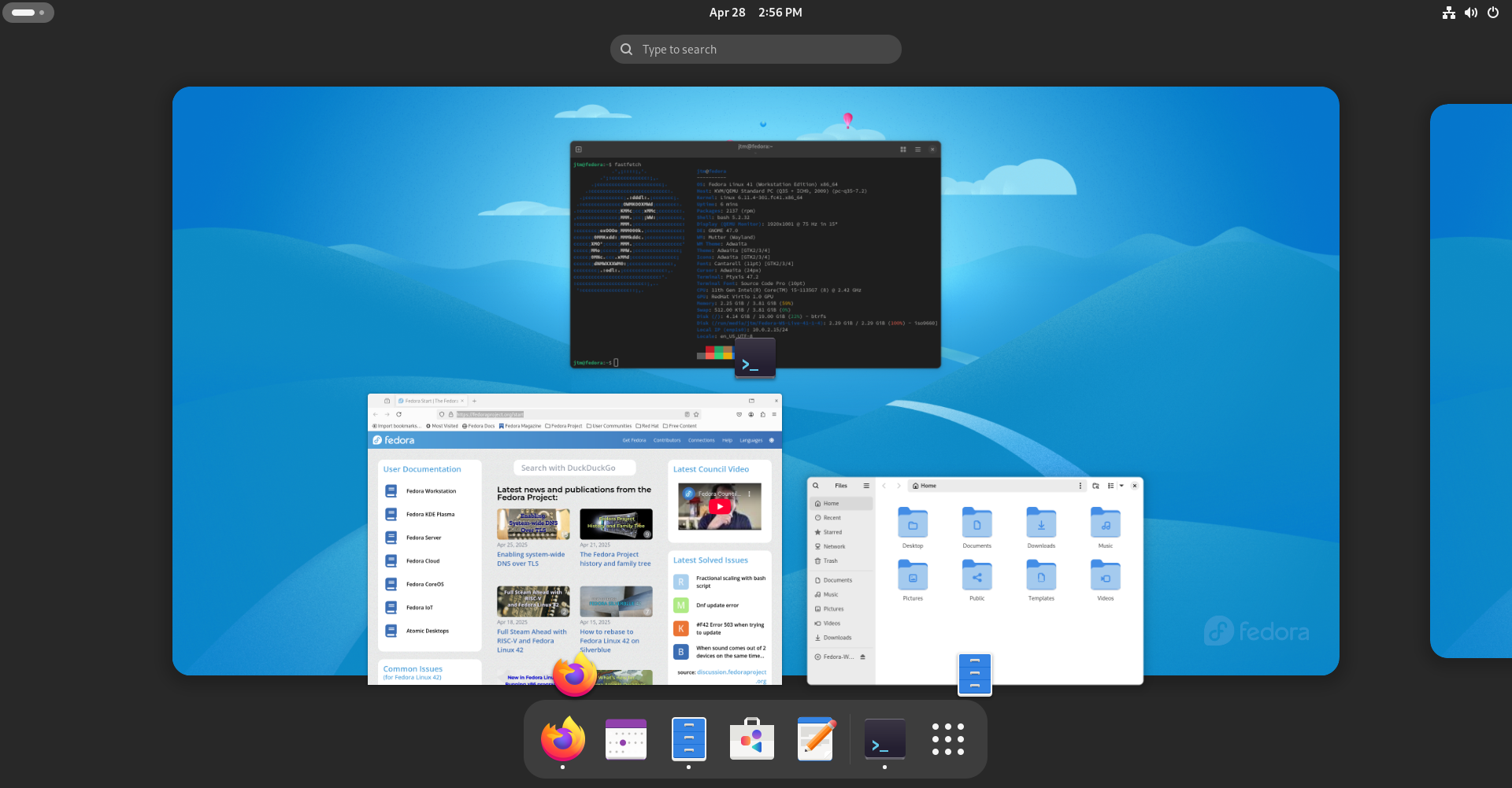
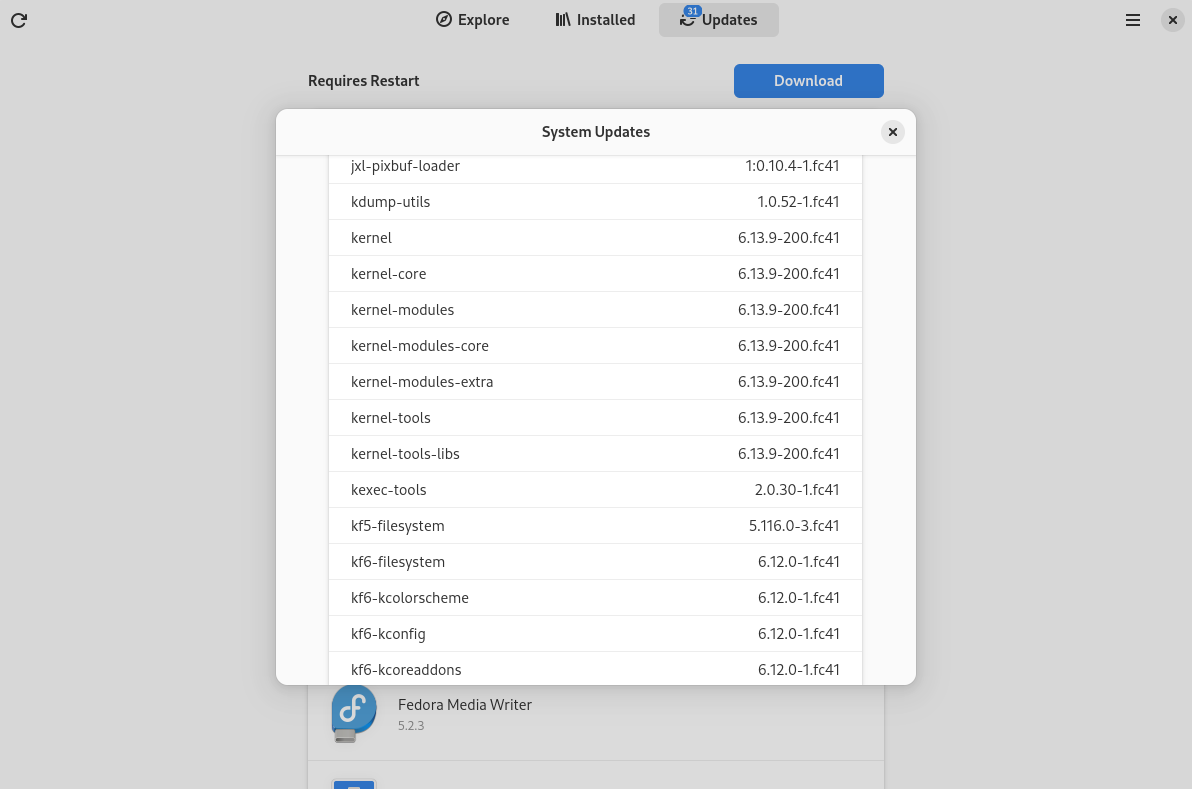
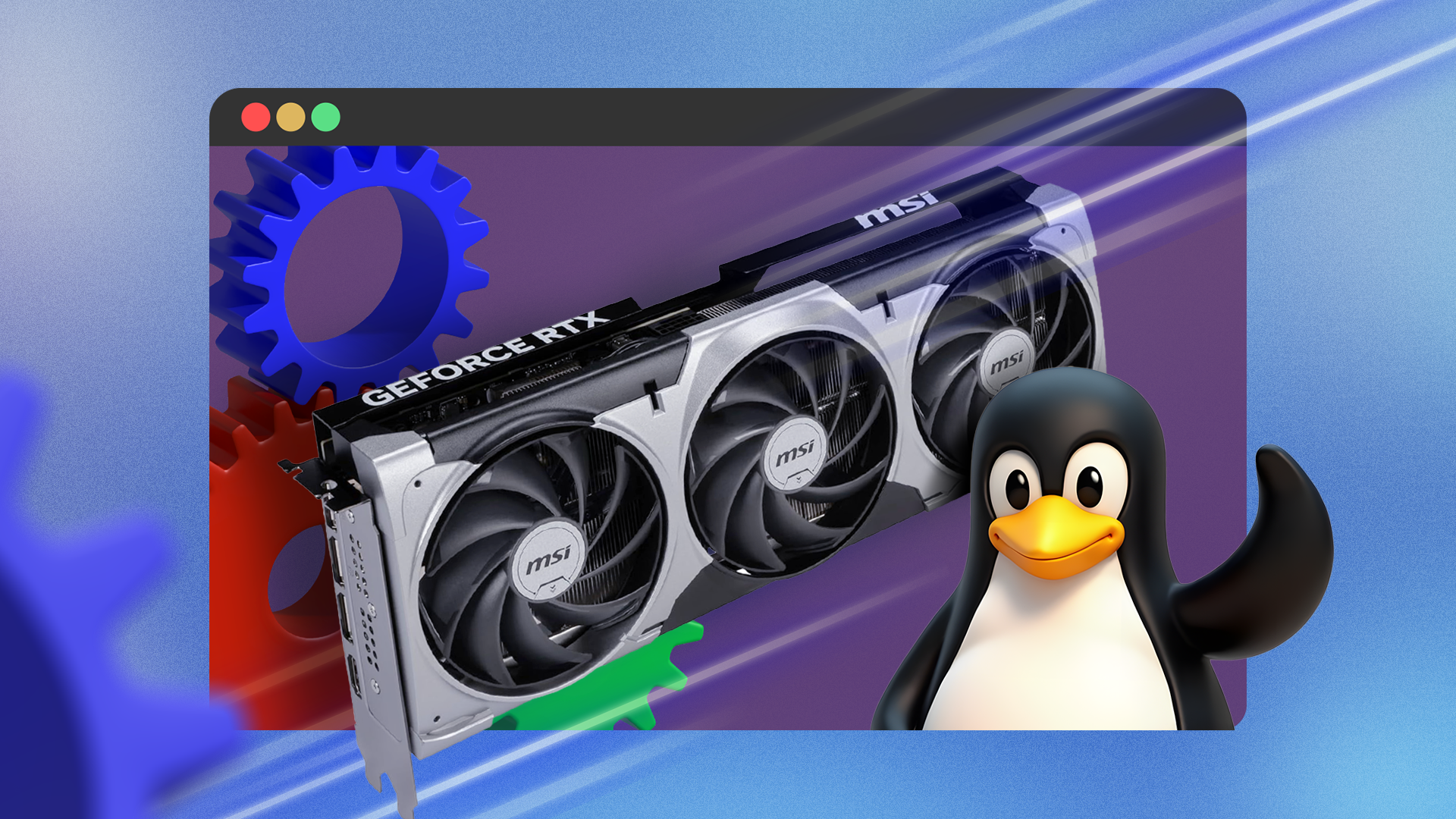

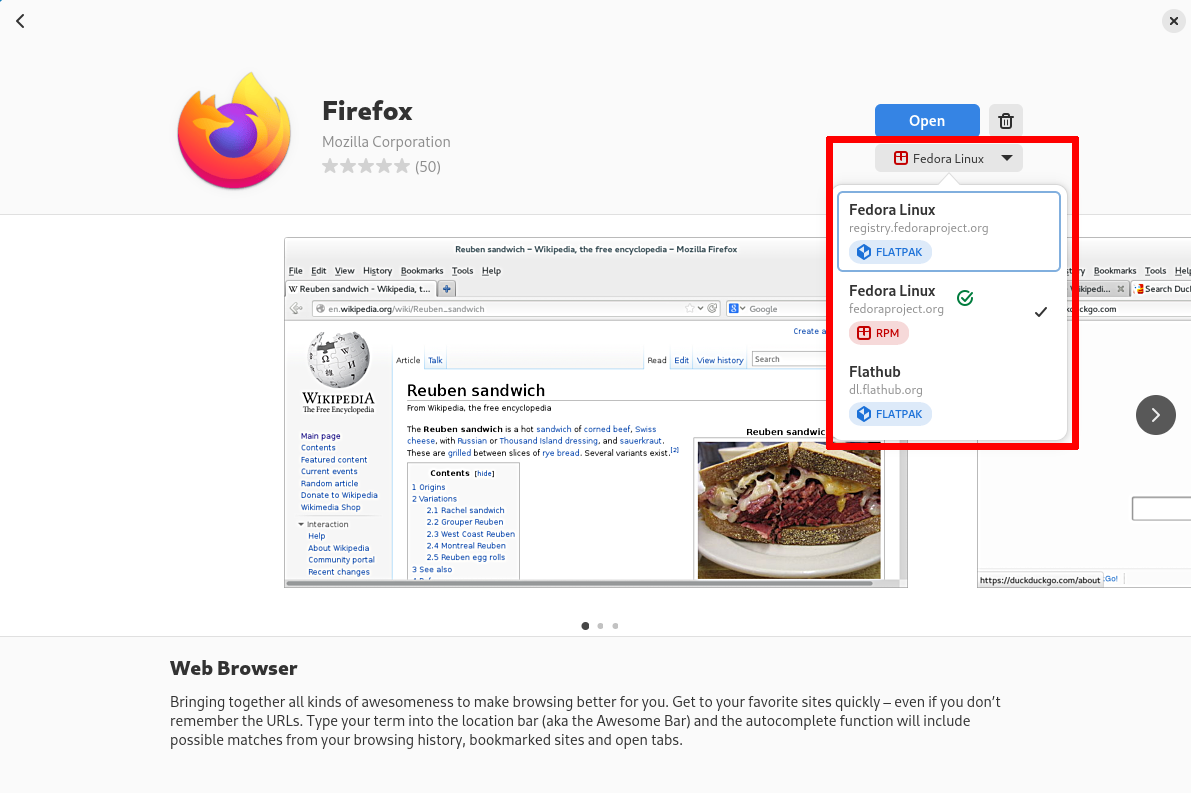





Leave a Comment
Your email address will not be published. Required fields are marked *